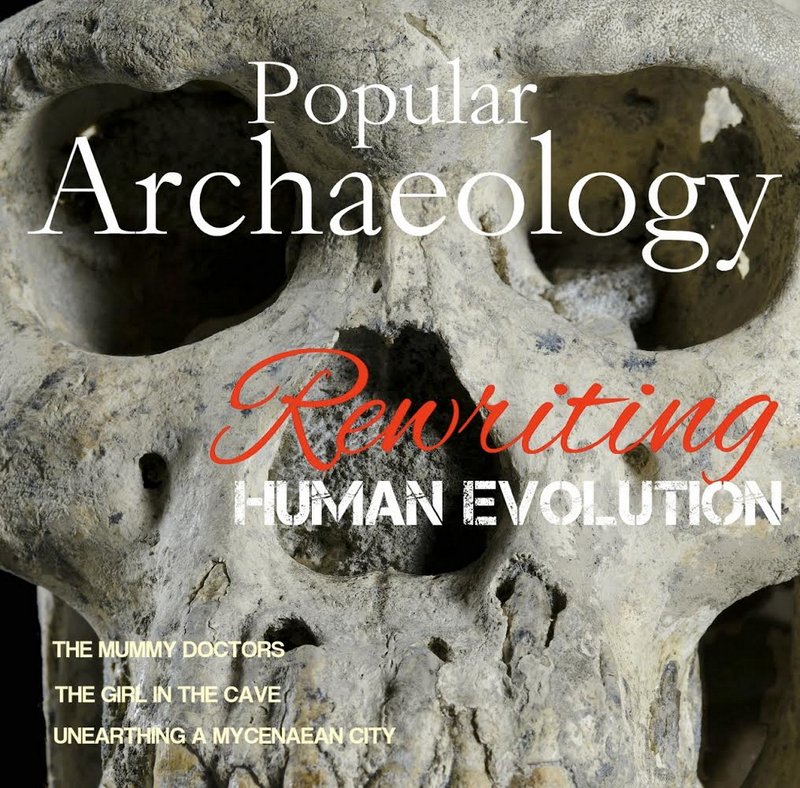The native populations that European colonists encountered in North America as they spread across toward the west of the continent were defined at least in part by their patterns of warfare, say a team of researchers.
“Archaeological evidence unambiguously shows that warfare varied widely over time and space among the small-scale societies of late prehistoric eastern North America,” said George R. Milner, department head and professor of Anthropology at Penn State University at the annual meeting of the American Association for the Advancement of Science in San Jose on February 13.
Milner and colleague George Chaplin, a senior research associate in anthropology at Penn State, analyzed indicators of conflict, including the archaeological record of fortified settlements and the physical signs of violence and warfare in skeletal remains such as embedded arrowheads, evidence of damage by stone axes and bodily mutilation. They also investigated intergroup interaction among the prehistoric native populations by examining distribution of disk-shaped smoking pipes used in everyday life, including the sealing of important social transactions, such as forging alliances.
“We are looking at Eastern North America,” said Milner. “Nowhere else in the world has similar archaeological data been compiled for such a large area.”
Across the East Coast and Midwestern United States, the researchers found that conflict occurred from the 11th century onward when population pressure and environmental factors due to climate change converged. Warfare then ebbed and flowed over time, eventually causing movement of nearly everyone out of the midcontinent by the 16th century. The chiefdom societies disappeared and the population decreased dramatically.
“By late prehistory in the 1500s, the whole Midwest is depopulated down to Tennessee and Kentucky,” said Milner. “Bordering this area on the east and south a band of conflict-prone societies formed. “
These, say the researchers, were the populations first encountered by the European settlers as they pushed westward, forcing the groups back into the central depopulated areas they abandoned earlier.
But even with the decreased population, the various indigenous societies continued to fight.
“The groups had a hard time quelling the conflict, even when there was no population or resource pressure,” said Milner. “Episodes of retribution went back and forth with an apparent inability of groups to pull out of the cycles of warfare.”
Some of the societies in Eastern North America were, at times, highly organized societies usually referred to as chiefdoms, while other less hierarchically organized groups were tribal in nature. While chiefdoms may have been capable of producing larger or stronger fortifications, the archaeological remains of walls, ditches or embankments around settlements exist in both types of societies.
Milner admits that the data are not seamless or complete, but says it is sufficient in Eastern North America to begin to look at patterning across extremely large areas.
Milner and his colleagues state that there is a need in archaeology and anthropology to study larger areas of land and link those studies to the measurable environmental, societal and demographic changes to understand variations in prehistoric societies. The large areas are necessary to say anything meaningful about human behavioral response to social and environmental events.
“One of the big challenges in archaeology today is how to go about identifying types of behavior over larger geographic areas,” said Milner. “We are good at individual sites and regional surveys, but one thing that has not been done until now anywhere in the world is to look at larger geographic areas for conflict, movement and interaction.”
___________________________________________
The National Science Foundation supported this research.
Source: Edited and adapted from a press release of Penn State University.
___________________________________________
Read about the most fascinating discoveries with a premium subscription to Popular Archaeology Magazine. Find out what Popular Archaeology Magazine is all about. AND MORE:
On the go? Get the smartphone version of Popular Archaeology as an app or as an ebook.
Just released!
The special new premium quality print edition of Popular Archaeology Magazine. A beautiful volume for the coffee table.
Travel and learn with Far Horizons.
____________________________________________
Popular Archaeology’s annual Discovery Edition eBook is a selection of the best stories published in Popular Archaeology Magazine in past issues, with an emphasis on some of the most significant, groundbreaking, or fascinating discoveries in the fields of archaeology and paleoanthropology and related fields. At least some of the articles have been updated or revised specifically for the Discovery edition. We can confidently say that there is no other single issue of an archaeology-related magazine, paper print or online, that contains as much major feature article content as this one. The latest issue, volume 2, has just been released. Go to the Discovery edition page for more information.









